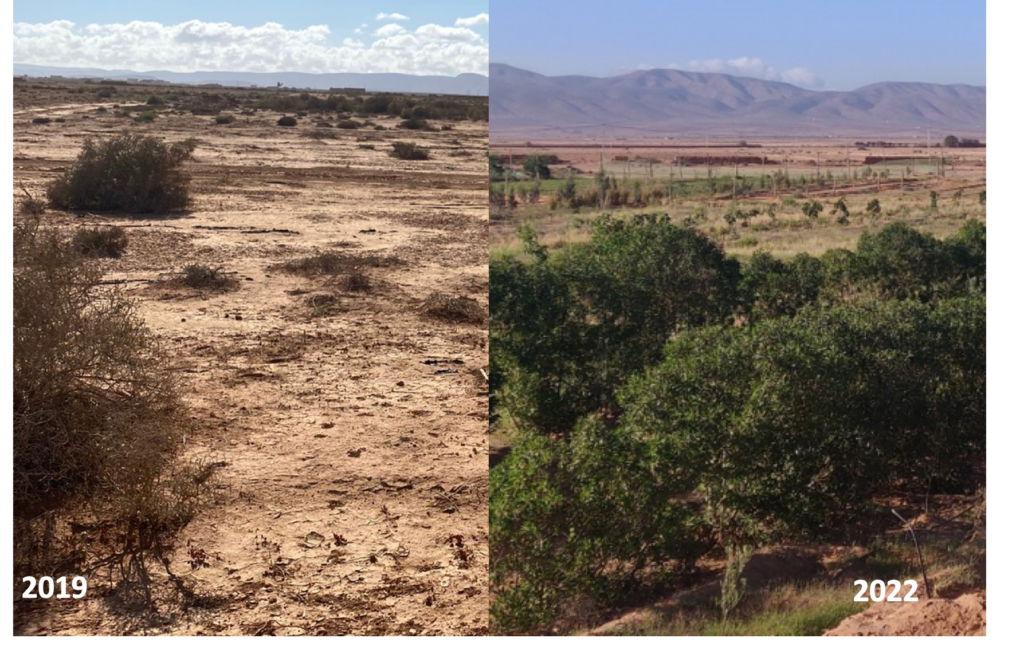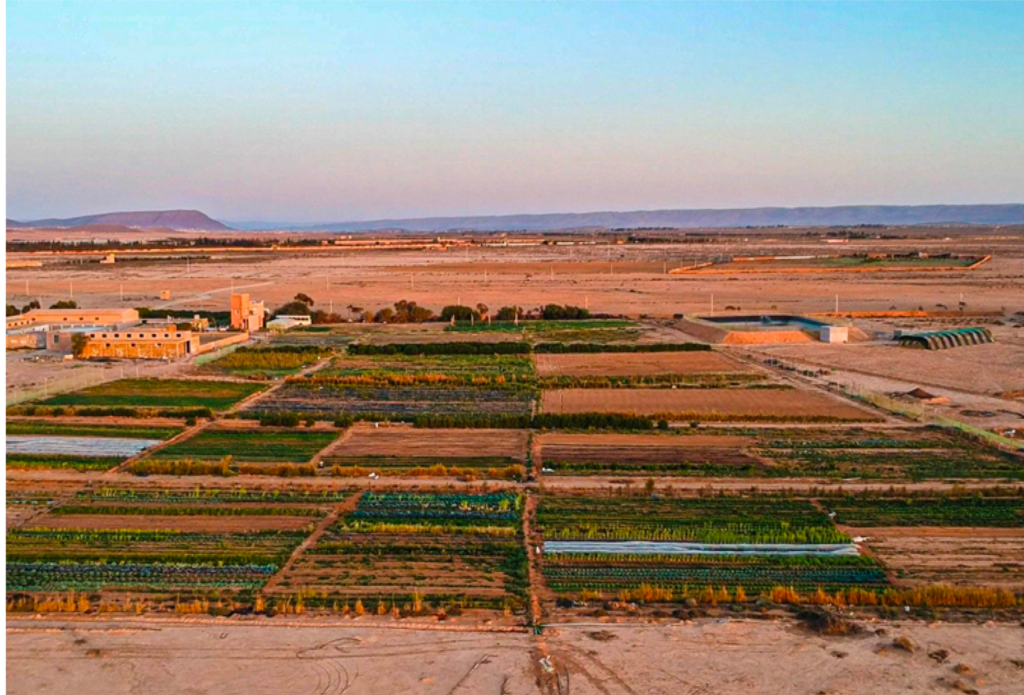“Sand to Green”: an agricultural revolution in the desert!
Benjamin ROMBAUT, who graduated from IÉSEG in 2015 (Grande École Program), has co-founded “Sand to Green“, a start-up that aims to revolutionize agriculture. From the school’s benches to the Moroccan desert, he tells us about his mission through this extraordinary initiative.

Benjamin, can you tell us about the genesis of “Sand to Green”?
“Sand to Green” is a project that took a long time to come to fruition: over seven years! I’m very sensitive to environmental issues, and that’s why I followed Jean-Marc JANCOVICI’s online courses, who is a professor at l’école des Mines de Paris. These courses help you to understand the scale of the global problem, explaining in particular the link between GDP and CO2 emissions. I learned that agriculture accounts for almost 25% of greenhouse gas emissions. This percentage really struck me because to me, “agriculture” means “photosynthesis”, and therefore carbon capture.
So, I started looking into why agriculture produces so much CO2, despite the photosynthesis it generates. One of the things I discovered was that this percentage was notably due to deforestation to increase the surface area of arable land. I then wondered whether we could transform arid land into arable land, and whether this process would be profitable.
I read many scientific articles on the technical aspects of the project, such as water desalination, agroforestry, soil amendment, desert agriculture, etc…. And finally, I joined forces with Gauthier DE CARCOUËT, who studied biodiversity and ecology at AgroParisTech, and Wissal BEN MOUSSA, who also graduated from AgroParisTech and comes from a large family of social entrepreneurs in Morocco. She had returned to Morocco to cultivate a 20-hectare field in the middle of the desert.
You drew a lot of inspiration from oases for this project…
Yes! In the collective imagination, an oasis is an area of vegetation that has magically appeared in the middle of the desert, thanks to a source of water. The truth is a little different. Indeed, the presence of an oasis is made possible by a source of water gushing forth in the heart of the desert, but these oases would not exist without mankind: it is humans who have created and maintained these expanses of greenery through cultivation for millennia. The oldest oasis is 7,000 years old and is located in Saudi Arabia. This shows that we can have a positive impact on the environment, because oases have a rich biodiversity and are intelligently designed to thrive in the desert.

So, “Sand to Green” aims to transform agriculture by offering a more sustainable approach and helping to fight against climate change?
Exactly! Our main mission is to change the paradigm of agriculture. Where up until now, mankind has sought arable land in forests, we’re moving towards soil regeneration to feed the men and women of our planet. This makes for healthier and more sustainable agriculture, while helping to fight climate change.
To achieve this, we recreate oases in arid environments, in particular by desalinating seawater and brackish water. By creating or restoring ecosystems in these arid environments, we generate income in three different ways. Firstly, by planting fruit trees (date, carob, pomegranate and fig). Secondly, through intercropping: we grow herbs and cereals between the rows of trees. Finally, we also draw our income from carbon credits, whose global market was launched following the Kyoto Protocol in 1997 and then strengthened by the Paris Agreement in 2015 at the COP21.
The notion of profitability is very important to us, as we strongly believe that companies are actors of change in the world today. So, beyond the environmental aspect, we also have a positive social impact by creating jobs. For the moment, we’re based in Morocco, but we’re planning to launch similar projects in Spain, Egypt and the Middle East in the near future.
What is your ambition?
Today, “Sand to Green” has raised $1 million in funding, employed 7 people, cultivated 20 hectares of land and, above all, has 650 hectares in the pipeline for its next project!
Some key figures to share?
First of all, we aim to increase the size of our plantations, from 20 hectares to 100 hectares or more. This will take time. Secondly, we’d like to become a franchisee so that we can develop this virtuous operating system more rapidly and make it available to as many people as possible. Finally, the main players in the agri-food sector are now aware that they operate in an increasingly unstable environment. They are therefore seeking to secure their supplies, which will become increasingly complicated, and our solution is of great interest to them. Our ambition is to meet this need.




